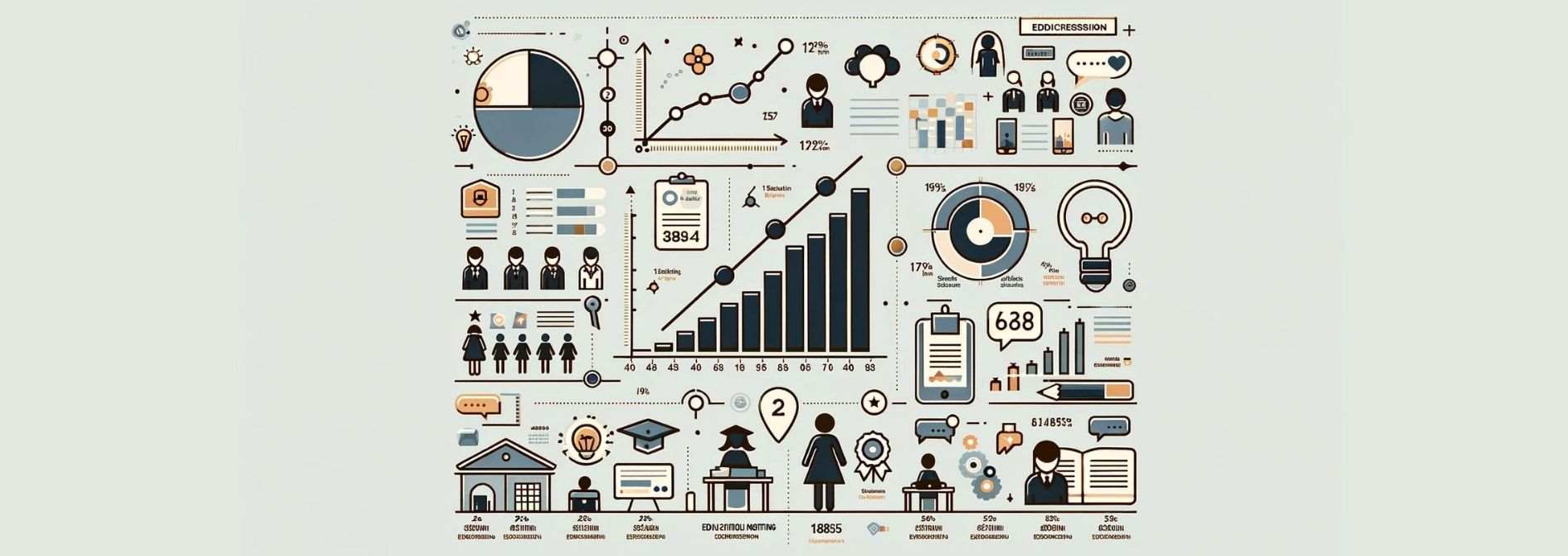Carbon Footprint
Do you know what the concept of "Carbon Footprint" is, which we are starting to hear more frequently today, due to climate crisis, global warming, environmental problems, and we feel our negative externality more? The concept of carbon footprint is defined as the carbon footprint, the carbon dioxide equivalent of emissions resulting from human activities, derived from the concept of ecological footprint put forward by Rees and Mathis Wackernagel, who conducted studies in the context of sustainability in the 1990s.While water vapor, carbon dioxide, methane, nitrogen and other greenhouse gases in the atmosphere, which are vital for our world, balance themselves in the natural process, a significant increase has been observed especially at the end of the 20th century. According to TUIK data, there is a 157.1 percent increase in greenhouse gas emissions from 1990 to 2021. An increase in this level among the gases in the atmosphere has become a concept that has been brought to the agenda of the national and international arena due to many reasons such as environmental problems, global warming, climate crisis and crisis-related migration. In this vein, 191 countries came together and signed the Paris Climate Agreement to prevent global warming and climate change. With this agreement, it was aimed to limit the increase in the global average surface temperature to two degrees, and to try to keep it below 1.5 degrees if possible.
Each individual causes a different amount of carbon emissions depending on the place and lifestyle they live in. The carbon footprint of each individual is different from each other according to the type of food consumed, the mode of transportation, and their energy consumption. In this context, the carbon footprint is also divided into two as primary and secondary footprints. The energy consumption during the meeting of daily needs expresses the resulting emission values (transportation preferences, type of food consumed, preferred energy and heating types). The amount of carbon dioxide emitted in the atmosphere, from the manufacture of the products used to the recycling processes, represents the secondary carbon footprint. In both types expressed, it is the usage preferences of the individuals that are decisive. At this point, the changes we will make in our habits and preferences are of great importance in order to prevent climate change.
To reduce carbon footprint emissions;
• Preferring public transportation, cycling and walking as much as possible instead of using individual vehicles,
• To consider energy efficiency in all technological products we use,
• To avoid fossil fuels to meet our energy and heating needs, to use renewable energy types and to contribute to their spread,
• To prefer products that can be recycled while meeting our needs,
• Buying the products we need by choosing environmentally sensitive producers are some of the individual measures taken to reduce the carbon footprint.
All living things in the world produce a certain amount of carbon dioxide, even trees that produce oxygen for us. However, the issue that we need to pay attention to here is to strive to live in a way that does not disturb the natural balance of nature while causing carbon footprint emissions and to strive to leave a trace for a more sustainable world.















